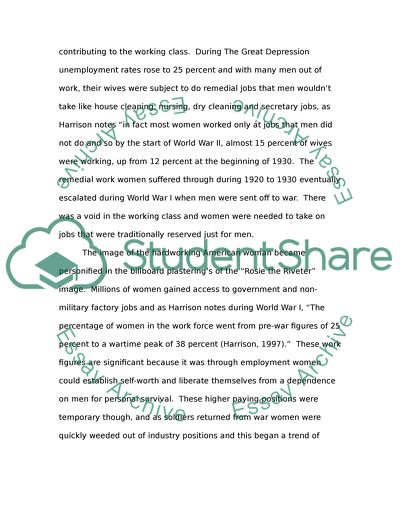Cite this document
(“Development of Women during the 1920's to the 1930's Essay”, n.d.)
Development of Women during the 1920's to the 1930's Essay. Retrieved from https://studentshare.org/miscellaneous/1526412-development-of-women-during-the-1920s-to-the-1930s
Development of Women during the 1920's to the 1930's Essay. Retrieved from https://studentshare.org/miscellaneous/1526412-development-of-women-during-the-1920s-to-the-1930s
(Development of Women During the 1920's to the 1930'S Essay)
Development of Women During the 1920's to the 1930'S Essay. https://studentshare.org/miscellaneous/1526412-development-of-women-during-the-1920s-to-the-1930s.
Development of Women During the 1920's to the 1930'S Essay. https://studentshare.org/miscellaneous/1526412-development-of-women-during-the-1920s-to-the-1930s.
“Development of Women During the 1920's to the 1930'S Essay”, n.d. https://studentshare.org/miscellaneous/1526412-development-of-women-during-the-1920s-to-the-1930s.


